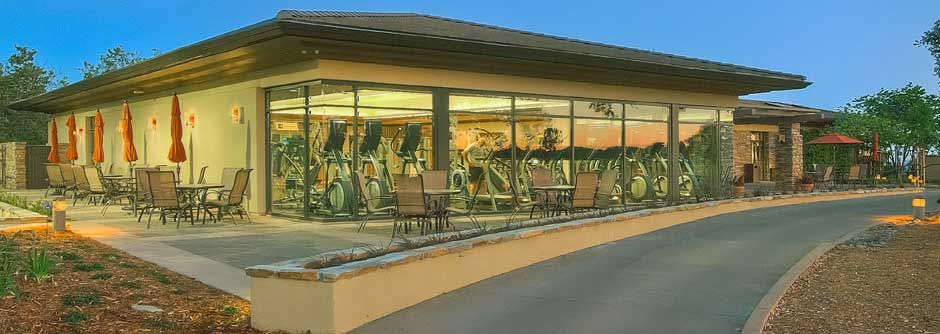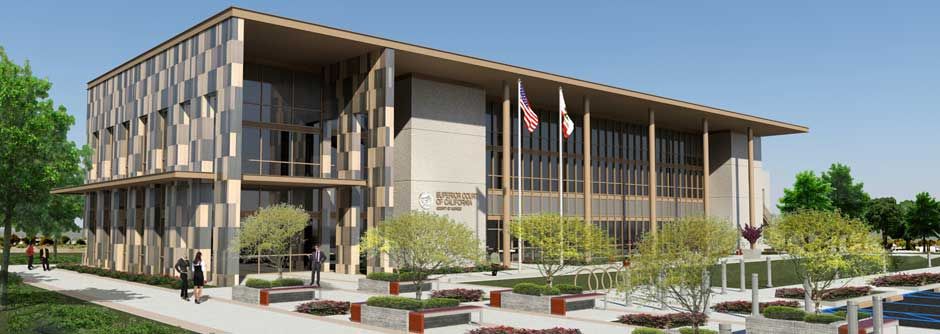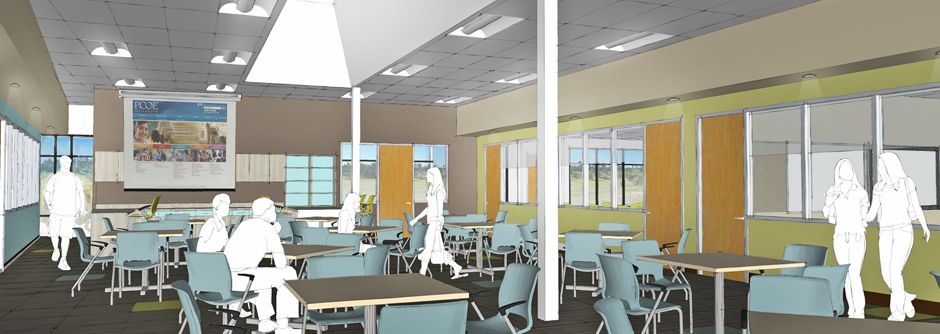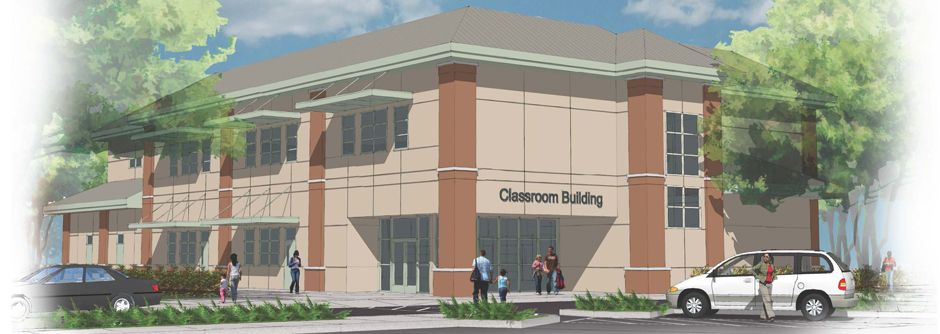The recently completed I-Learn and I-Care Charter School and Professional Development Facility for Placer County Office of Education is an excellent example of Williams + Paddon’s commitment to 21st Century Learning.
This adaptive re-use of an existing commercial office building for educational use houses two County dependent Charters and a professional development center:
The need to specify “indestructible” materials was pronounced from the beginning of design development due to security/safety and vandalism concerns. This appeared to discourage investments in 21st Century Learning; however, by working closely with PCOE’s administration and staff, Williams + Paddon developed creative design solutions that addressed these needs while still promoting the principles of 21st Century Learning.
The design incorporated a combination of heightened visibility, durability of materials, ergonomic furniture, and warmth of color, resulting in spaces that students consciously value and choose not to vandalize. This strategic investment to develop spaces students would consider “their own” and take pride in reduces any inclination towards vandalism and increases the students’ involvement and desire to care for the environment. Above all else, Williams + Paddon believes a pleasing, comfortable, clean and well-maintained educational facility brings about more positive perspectives and is particularly conducive to learning.
This design direction led the District to commit both complex technology and high quality furniture for a richer interior environment. The investment has proven to be especially rewarding: the reaction of the students was one of amazement. It is evident that they appreciate the high level of care demonstrated by their new surroundings, and the sense that the community has truly invested in them encourages them to better value this opportunity to learn.
This adaptive re-use of an existing commercial office building for educational use houses two County dependent Charters and a professional development center:
- The I-Care Program - a school for “at-risk” middle and high school age students who are struggling in the public school environment
- The I-Learn Program - focused on “home-school” program resources and learning
- A 160-seat professional development and staff resource room, administrative office space and “itinerate” docking area for PCOE staff and administration.
The need to specify “indestructible” materials was pronounced from the beginning of design development due to security/safety and vandalism concerns. This appeared to discourage investments in 21st Century Learning; however, by working closely with PCOE’s administration and staff, Williams + Paddon developed creative design solutions that addressed these needs while still promoting the principles of 21st Century Learning.
The design incorporated a combination of heightened visibility, durability of materials, ergonomic furniture, and warmth of color, resulting in spaces that students consciously value and choose not to vandalize. This strategic investment to develop spaces students would consider “their own” and take pride in reduces any inclination towards vandalism and increases the students’ involvement and desire to care for the environment. Above all else, Williams + Paddon believes a pleasing, comfortable, clean and well-maintained educational facility brings about more positive perspectives and is particularly conducive to learning.
This design direction led the District to commit both complex technology and high quality furniture for a richer interior environment. The investment has proven to be especially rewarding: the reaction of the students was one of amazement. It is evident that they appreciate the high level of care demonstrated by their new surroundings, and the sense that the community has truly invested in them encourages them to better value this opportunity to learn.




















